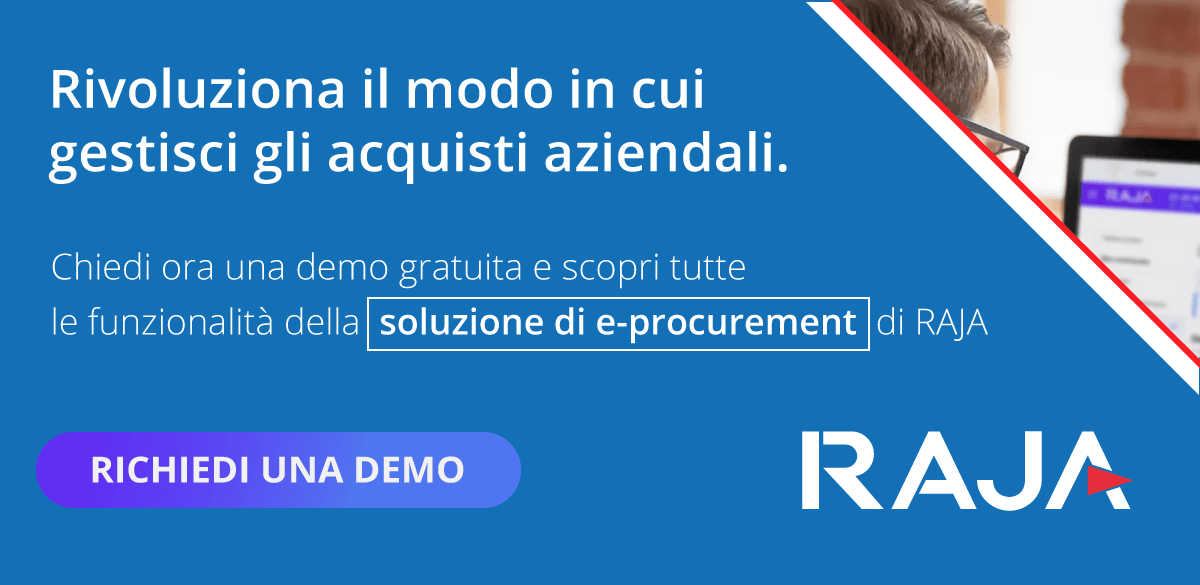The world of procurement is evolving rapidly and one of the tools emerging as a key player in this revolution are the e-business solutions.
But what exactly is meant by ‘e-business’ and why is this phenomenon becoming so crucial in the modern procurement landscape?
Definition and advantages of the digital catalogue
The digital catalogue or e-catalogis a digital procurement platform, i.e. a digitised version of a traditional product catalogue. But unlike its paper counterpart, it offers a number of key advantages:
- Accessibility. Electronic catalogues are accessible from any Internet-connected device, offering unparalleled convenience to customers;
- Quick updates. Changes can be easily implemented, and this responsiveness allows rapid response to market fluctuations or customer needs;
- Interactivity. E-catalogs can present interactive content such as videos and hyperlinks, enriching the user experience;
- Sustainability. Their digital nature eliminates the need for printing materials, helping to reduce companies’ ecological footprint.
The e-business catalogue and its role in digital procurement
Digital procurement, or digital procurement, is a business strategy that employs digital solutions and technologies to automate and improve the purchasing and procurement processes within an organisation. This approach to digital procurement focuses on using digital tools and solutions to optimise and simplify the entire purchasing cycle. The e-business catalogue plays a key role in this transformation for several important reasons:
- Process automation. One of the most significant features of the e-business catalogue is its ability to automate many of the routine tasks related to the purchasing process. This results in a significant reduction in human errors and waiting times. For example, order requests, product search, inventory management and order generation can be performed automatically, allowing procurement professionals to focus on more strategic and decision-making tasks;
- Synergistic integration. the e-business catalogue is highly flexible and can be easily integrated with other platforms and management software used by the company. This integration creates a holistic ecosystem, in which the e-business catalogue becomes a key element within a larger system. This synergy enables more efficient data management, real-time information sharing and complete visibility into all aspects of procurement. Furthermore, integration fosters seamless communication between departments and stakeholders, enabling more effective collaboration.
The e-business catalogue is therefore the driving force behind digital procurement, with its ability to automate processes and seamless integration making it an invaluable resource for companies seeking efficiency, accuracy and control in their procurement processes.
Creating effective e-business solutions
It is not enough to simply digitise a standard catalogue to create a successful digital catalogue. There are several aspects to consider:
- Design. The design of the digital corporate catalogue must be intuitive and appealing. A visually attractive presentation of products with high-quality images, clear descriptions and logical organisation of categories can make the difference between a successful catalogue and one that is ignored. A well-structured layout promotes easy navigation, encouraging users to explore further;
- Usability. This aspect is crucial for the success of a digital catalogue. The user interface should be simple and easy to navigate. Users should quickly find what they need, with a clear hierarchical structure and an efficient search bar.
- Optimisation for mobile devices. The use of smartphones and tablets is increasingly widespread and it is essential that the digital catalogue is optimised for viewing on these devices. A responsive interface ensures a smooth experience on different screen sizes, allowing users to browse and purchase products anytime, anywhere.
As the procurement sector evolves towards increasingly digital solutions, thee-catalog emerges as an essential tool. From ease of consultation to integration with other digital platforms, the e-catalog represents a significant step forward in the modernisation of purchasing and procurement processes.















